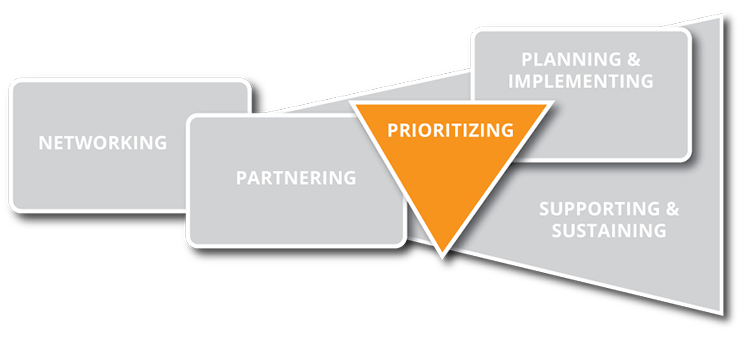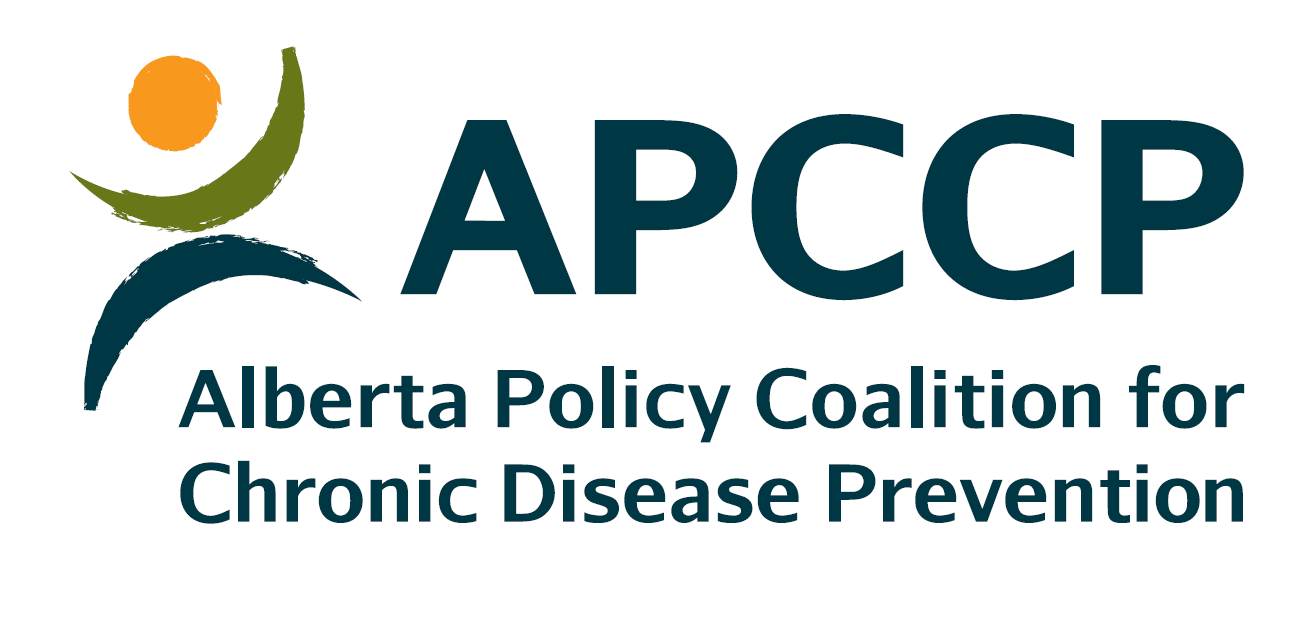 During the networking and partnering phases, there will be many different health promotion ideas that the individuals, agencies and/or groups will be putting forward.
During the networking and partnering phases, there will be many different health promotion ideas that the individuals, agencies and/or groups will be putting forward.
Many of these ideas will be interesting and important, but may be either unrealistic (considering the time and resources you currently have), or timely (considering the present economic or political situation in your community). Therefore, it is important to choose or prioritize what project ideas should come first. Prioritizing is an activity in the process of capacity building in health promotion that will help you decide the direction and focus of the attention, energy, time and resources of your partnership
Different Approaches to Prioritizing
Prioritizing could also be a structured exercise. ANGEL-CD (Analysis Grid for Environments Linked to Chronic Disease) is a model that may help you bring key community representatives together in a formal way. As a group, you will be able to explore the health in your community beyond personal choices and behaviours of individuals and look at the political, social, physical and economic issues that influence the development of chronic diseases. ANGEL-CD will also help you to determine the course of action to address these issues.
The ANGEL-CD workshop involves:
- Large group sharing of ideas
- Small group brainstorming
- Scoring and ranking issues on their importance and changeability
- Prioritizing issues that would be addressed and implemented
- Action planning: setting goals, objectives and strategies for project implementation
The ANGEL-CD workshop was adapted from the ANGELO Framework developed by Dr. Boyd Swinburn and colleagues:
Simmons, A., Mavoa, H. M., Bell, A. C., De Courten, M., Schaaf, D., Schultz, J., et al. (2009). Creating community action plans for obesity prevention using the angelo (analysis grid for elements linked to obesity) framework. Health Promot Int, 24, 311-324.
It is a good practice to confirm the priorities by either using both ways of prioritizing, informal and formal, or by on-going assessment of the readiness and ability of the partners to move the projects forward. In any case, some sort of “natural prioritizing” or “funneling” will probably take place. This means that the priorities, whether formally or informally identified, will move forward at different paces: some priorities may only progress a small amount; others will flourish and some priorities will simply drop off.
For a health promotion initiative to advance, people in the community need to perceive it as a real priority, believe in it and invest time, patience and resources in its development.
Explore other steps
Ask Yourself:
- Who was involved in setting the priorities?
- Who was absent? Was there anyone who dominated the process and silenced other partners?
- What is the level of commitment/receptivity among the community partners for certain priorities (given their mandate, workload, and level of health promotion knowledge)?
- What project ideas are realistic and can they make a difference over the given period of time?
- What are the existing resources that could be used in implementing the project idea?
- Is the time right for certain projects?
Tools & Resources
Different approaches to prioritizing…
“A lot of what I did in the first two years of the project was talk to people and listen to what themes came up on a regular basis.” – MOLLY HANSEN-NAGEL
“There is such a broad range of challenges in central Edmonton: from homelessness to prostitution to petty and violent crime.” – DIANNE GILLESPIE
Dr. Kim Raine and community leaders explain the significance of the ANGEL-CD workshop.
“We can change the environments in which we live. We are not helpless pawns.” – DR. KIM RAINE
“The Angel CD workshop allowed me to bring forward some of the higher-level management of different agencies that I hadn’t been able to really reach yet.” – DIANNE GILLESPIE
“The ANGEL CD workshop was more of a confirmation of what I had already heard people saying for two years.” – MOLLY HANSEN-NAGEL



